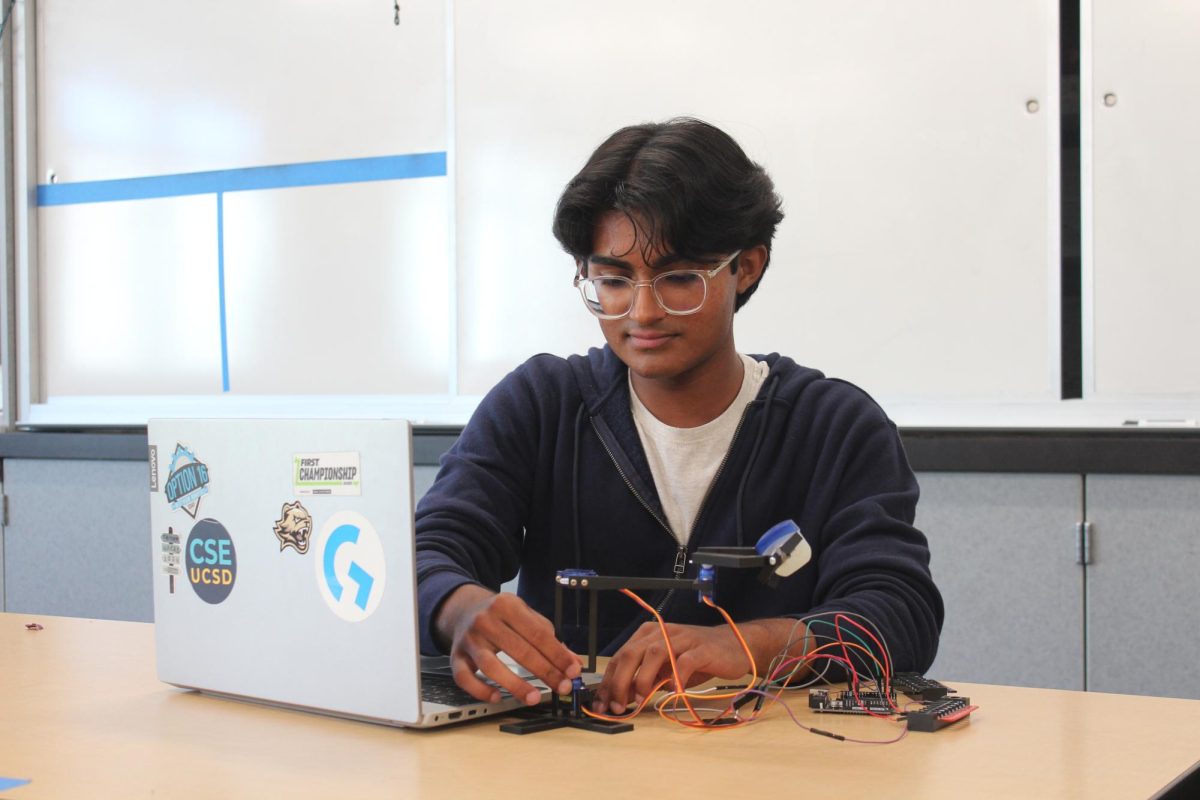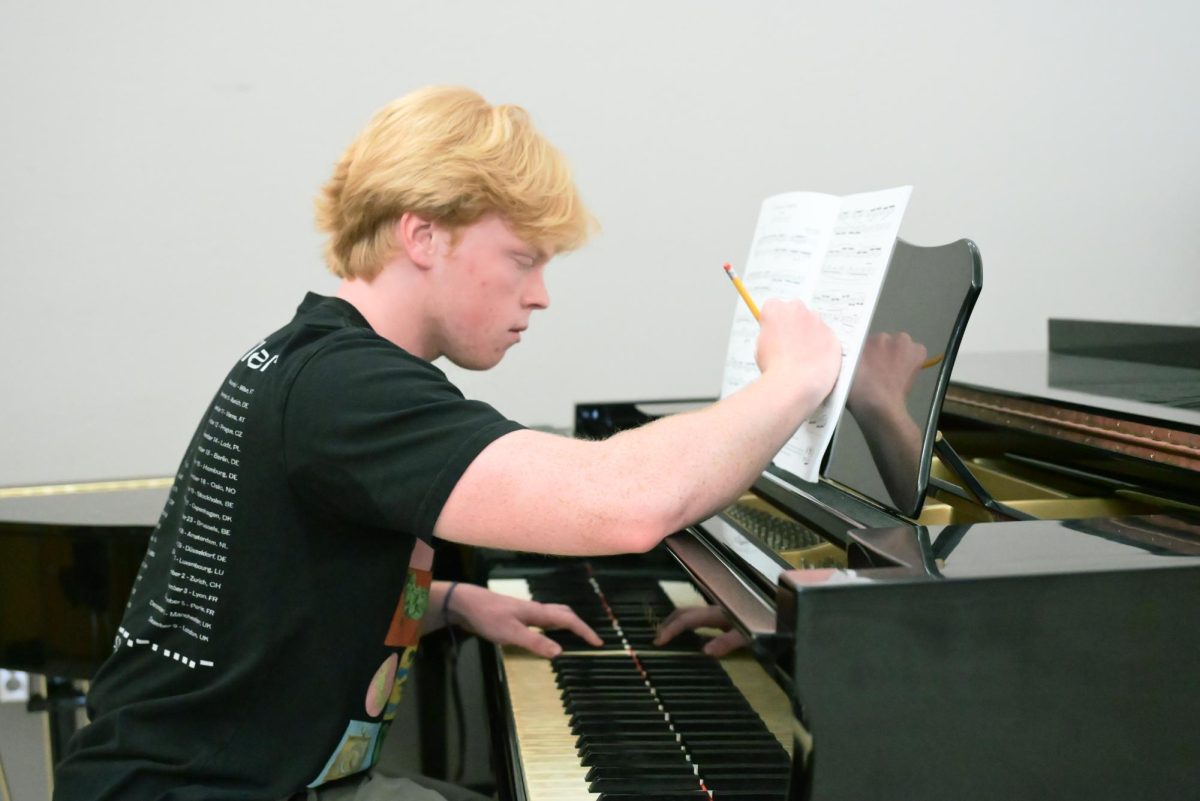Once a week, Nolan Allos (12) and Matthew Stearns (12) head down to Westview’s beach volleyball courts for their weekly beach volleyball practice. Like other Westview sports teams, they practice for around an hour and a half, with their teammates and coaches. The difference, however, is that boys beach volleyball is not one of Westview’s CIF teams, but rather a club.
In San Diego, there aren’t enough schools with beach courts, like Westview has. Due to this, there aren’t enough competitive teams for Westview to play, which is one reason this team is a club rather than a CIF sport.
As a club, boys beach volleyball functions differently than regular CIF teams at Westview.
“We don’t have team captains like a regular sport,” Stearns said. “Since it’s a club, we have a president, vice president, and a treasurer, just like any other club on campus.”
The coaches for boys beach volleyball, who also happen to coach the indoor boys volleyball team, have different responsibilities due to the club title. Unlike CIF sports, which are arranged through the organization, coaches are responsible for creating a schedule with games and tournaments for their players.
Being a club, boys beach volleyball is not funded through the school. In order to play on the team, players must submit a $260 deposit, which covers uniforms and the coaches’ salaries. Due to the different requirements, beach volleyball faces a drastic difference in player turnout than indoor volleyball does.
Many indoor volleyball players turn to beach volleyball during their off-season, but the payment requirement makes it less accessible for all players.
“Beach volleyball is a sport where you come out to have fun, but not many people want to pay $260 to have one practice and one game a week,” Allos said. “But for a school-funded sport, you don’t have to pay anything, you can just come out and play.”
Though boys volleyball has coaches and executive positions, it lacks the structure that CIF sports have. As exec members for the team, Allos and Stearns face difficulties managing players, and getting them to commit to the team as they would a CIF sport.
“Since it isn’t a real CIF sport, people don’t really commit to it,” Allos said. “Indoor players come out, since it’s a good way to stay active in the off-season, but they don’t want to pay to play.”
Despite boys beach volleyball not being classified as a CIF sport, Westview has a CIF girls beach volleyball team.
“For beach, we get to pick whoever partner we want to play with, but the girls’ coaches choose their partners, making informed decisions based on how different players play,” Stearns said.
Stearns said he believes that if boys beach volleyball had equal recognition as girls beach volleyball, the sport would open up many opportunities for current players.
“It’s easier to get a scholarship for beach volleyball than it is for indoor, and in the past, that’s what I thought I wanted to do,” Stearns said. “If boys beach volleyball was a CIF team, I’d want to solely play beach, and focus on getting opportunities through playing.”
Since boys beach volleyball doesn’t play at the same stakes as CIF teams, it is difficult to create a team dynamic, where all players are passionate about the sport.
“We aren’t really fighting for anything in the end, we’re just playing to play,” Stearns said. “Whereas in an actual sport, you’re fighting for a league championship or a CIF title.”
Though a complicated process, Allos said he believes that the team would change drastically if their title went from “club” to “CIF sport.”
“That title would give us all something to play for, and we’d put more effort into it,” Allos said. “There would be new opportunities, and players would be more passionate.”






